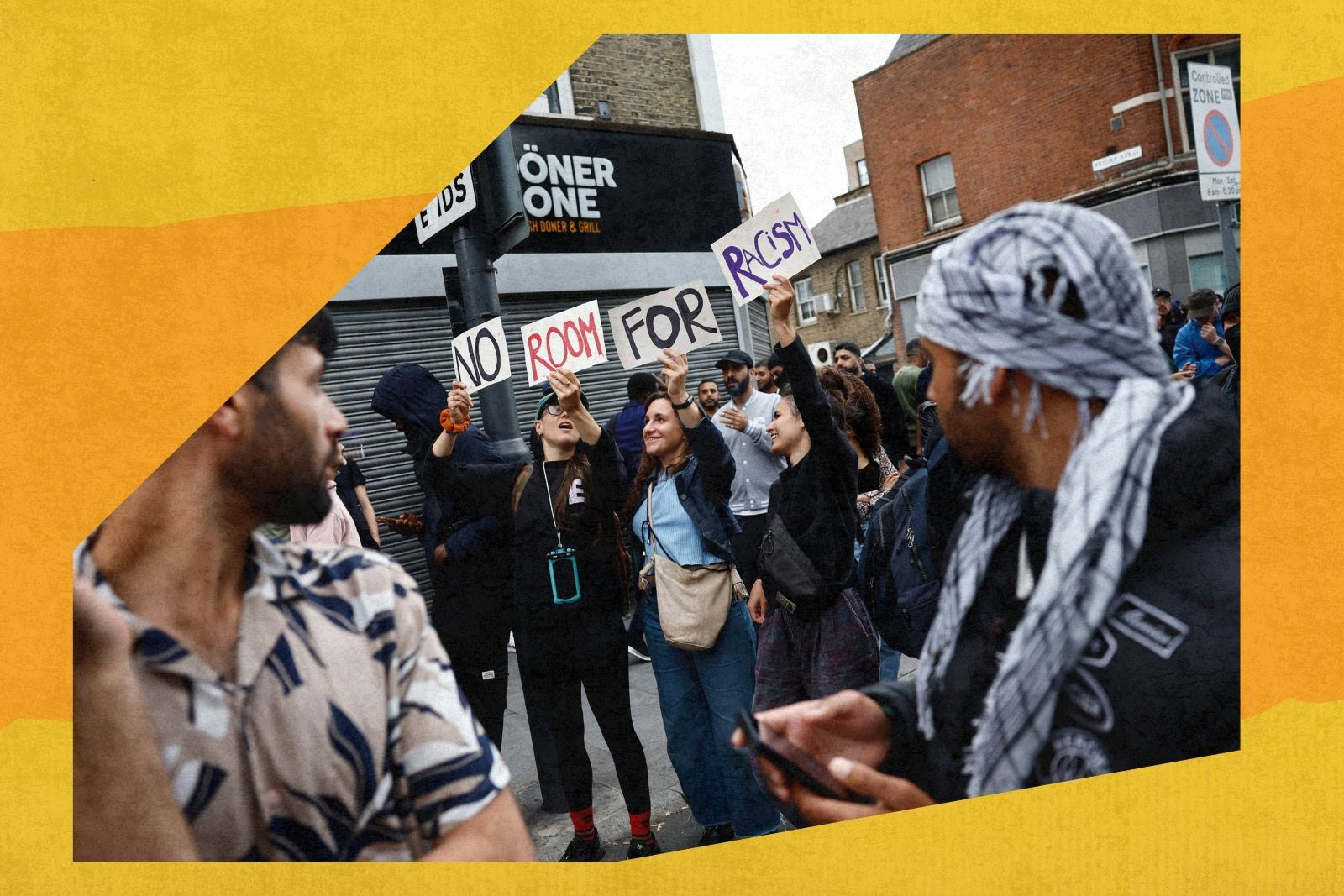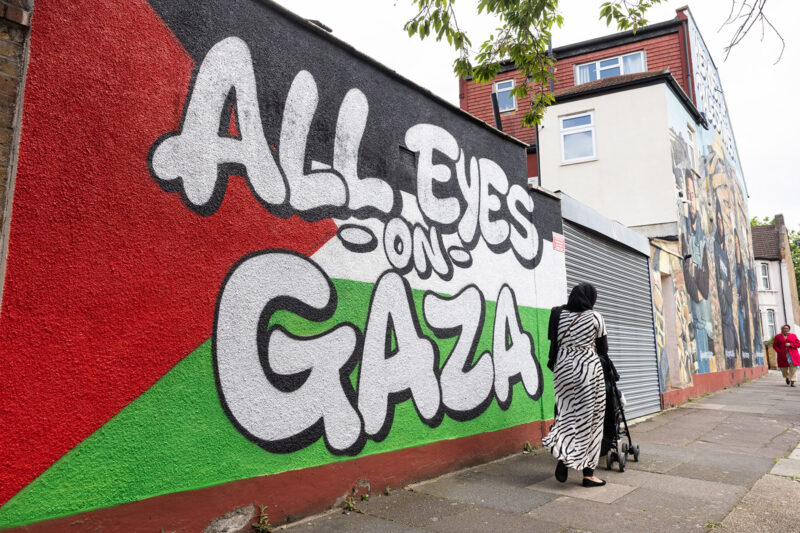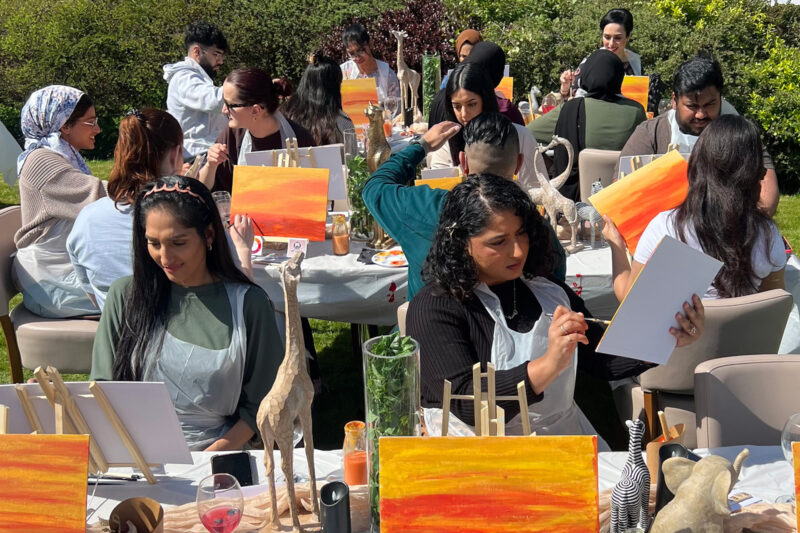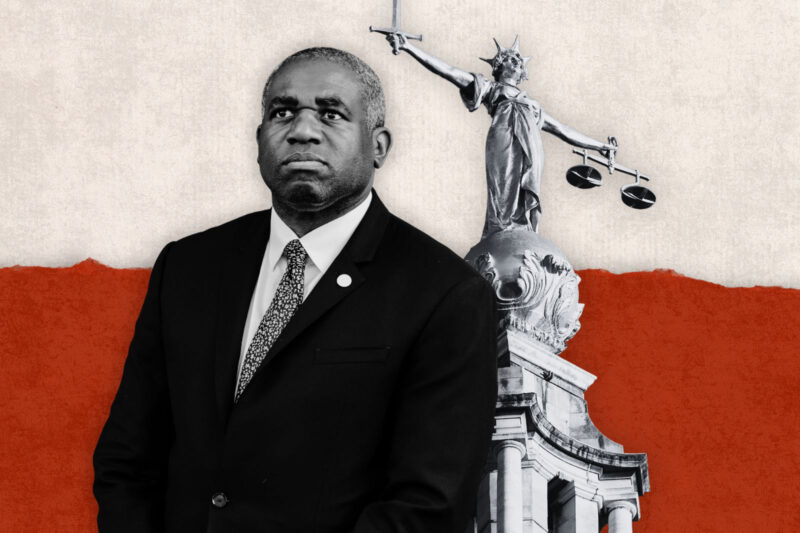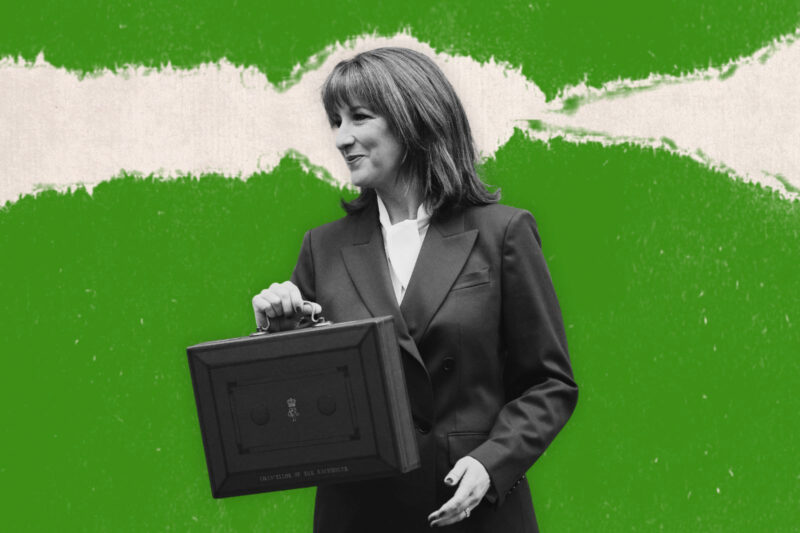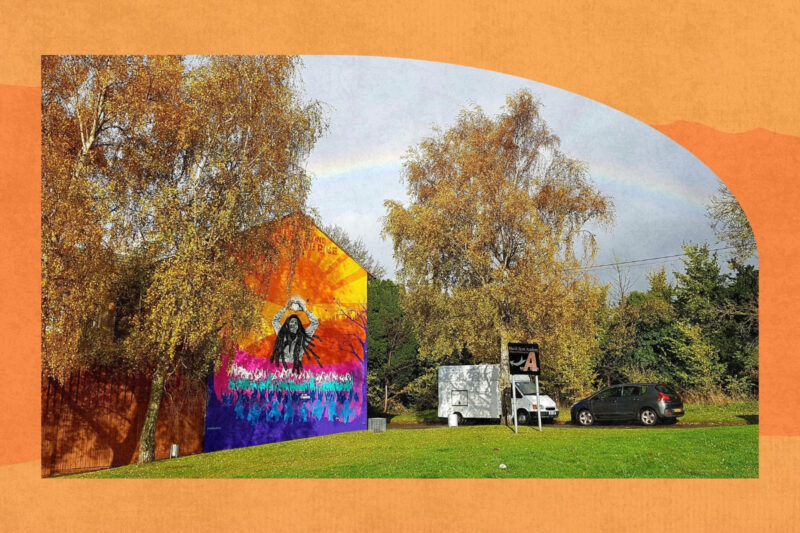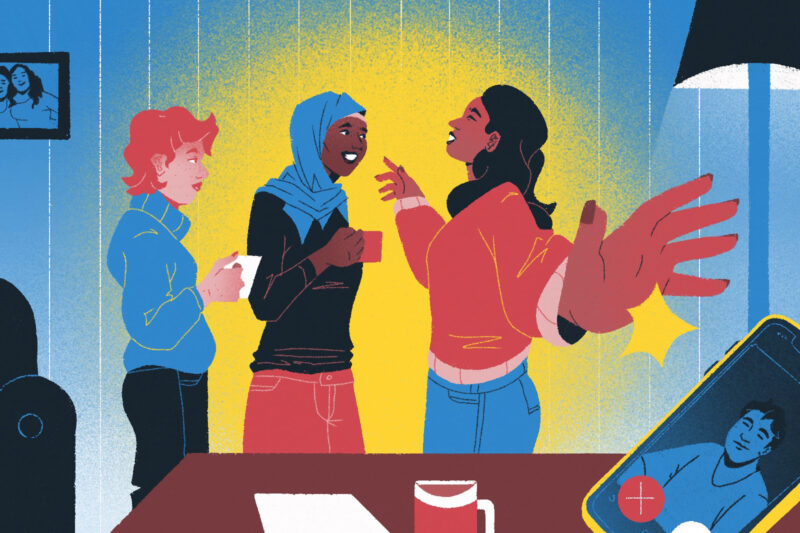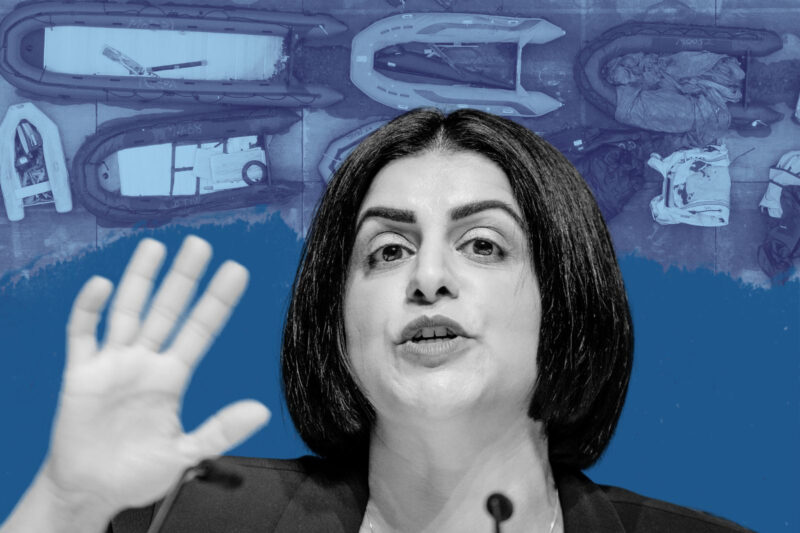Rightwing attacks on multiculturalism are a cynical smokescreen
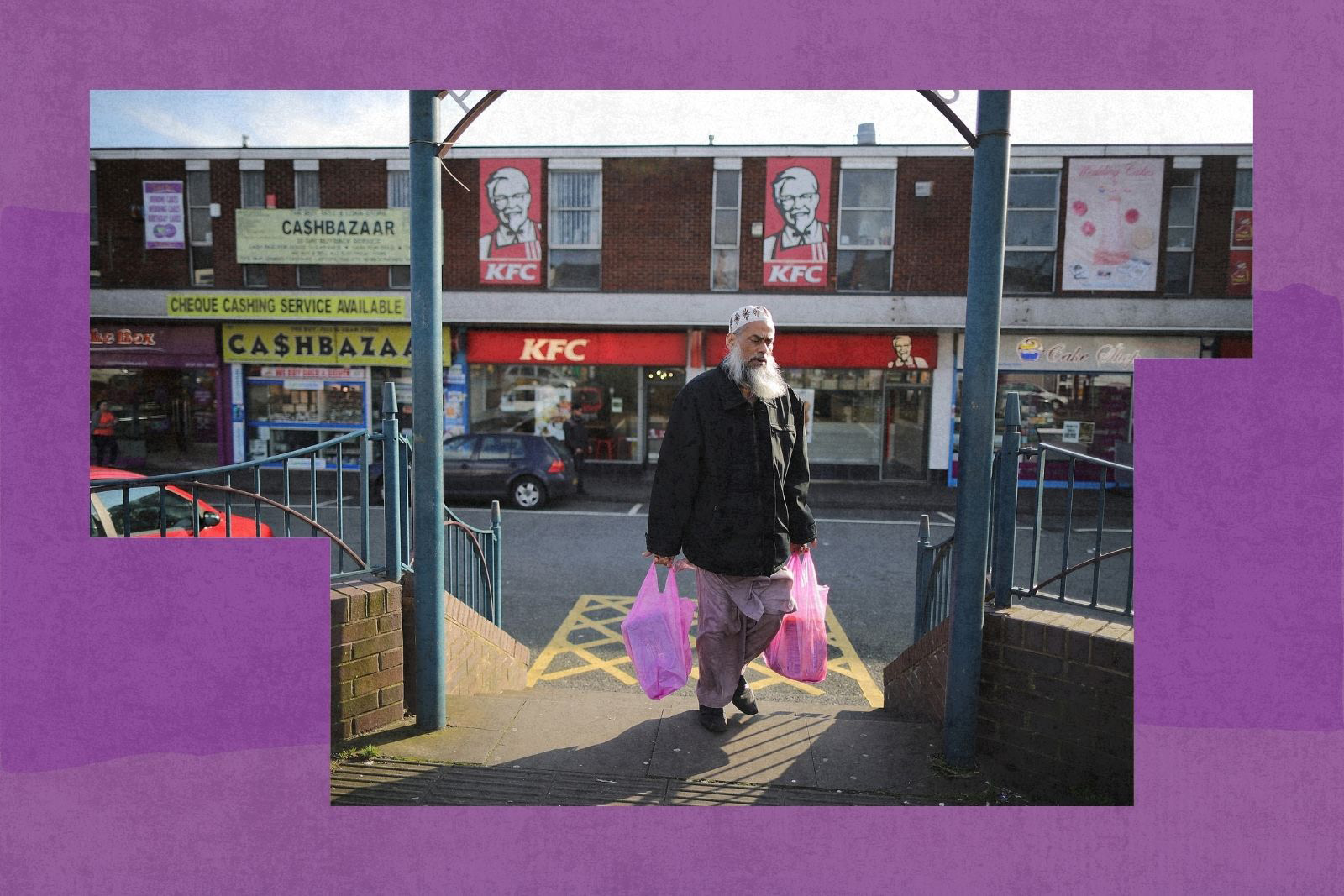
Minority communities are not to blame for the UK’s problems — the likes of Robert Jenrick and Nigel Farage are
Back in 1964, the UK general election was preceded by what was probably the most racist campaigning in the nation’s history. Despite a victory for Harold Wilson’s Labour Party on 15 October, Conservative candidate Peter Griffiths unseated shadow foreign secretary Patrick Gordon Walker in the West Midlands town of Smethwick. One of Griffiths’ most memorable slogans was: “If you want a n***** for a neighbour, vote Labour.”
“I would not condemn anyone who said that,” Griffiths told the Times. “I regard it as a manifestation of popular feeling.”
That “popular feeling” often found outlets in open discrimination and racist violence. A few years earlier, the 1958 riots in Notting Hill and Nottingham had exposed just how widespread racism was in postwar Britain. A Gallup poll conducted immediately after those events showed that 71% of Britons opposed mixed marriages, while 61% said they might move if black families settled near their homes. Two years before, in 1956, a survey conducted in Birmingham by journalist Stanley Bryan found that only 15 out of 1,000 white landlords were willing to let to “coloured” tenants.
Today, Birmingham has become a byword for a diverse, multicultural Britain. Earlier this year, Conservative shadow justice secretary Robert Jenrick spent 90 minutes filming in the Handsworth area of the city, then channelled Griffiths in front of a Tory dinner audience. “In the hour-and-a-half I was there, I didn’t see another white face. That’s not the kind of country I want to live in,” he said.
Those remarks form part of a rising anti-multiculturalism narrative circulating on the political right. In recent weeks Reform UK leader Nigel Farage has described South Asian anti-racist protesters as a “foreign invading army” and one of his MPs, Sarah Pochin, has complained that there are too many Black people in TV commercials.
In May, Jenrick also lamented the decline of the white British population in areas such as Dagenham, east London, noting a 50% drop in the past 25 years, which he implied was caused by Black and Asian residents moving in. The reality is, of course, somewhat different. While some rightwing commentators like to invoke a nostalgic vision of east London’s long-lost white, English working-class past, the area has long been shaped by immigration, from Protestant Huguenot weavers fleeing religious persecution in 17th-century France to the Bangladeshi community of today.
In the 1950s and 60s many white families who could afford to do so did leave the area for new towns and suburbs. That wasn’t because they were displaced by an influx of new Muslim neighbours, though. It was because life there was grim. The scars of the Blitz were still visible, neighbourhoods were filled with slum housing and once-dependable jobs on the docks and in the Beckton gasworks were being lost to deindustrialisation.
As that process continued over the years, immigrants from places such as Bangladesh often ended up in the homes that were left behind — building new lives, setting up businesses and facing all manner of discrimination along the way.
Jenrick’s comments about Handsworth played into another pervasive, yet highly questionable rightwing trope. In February 2024, Conservative former government minister Paul Scully claimed during a BBC Radio London interview that parts of the capital and Birmingham with large Muslim populations were “no-go areas”.
A 2018 Hope Not Hate poll found one-third of British people wrongly believed there were Muslim “no-go areas” in the UK, governed by “sharia law”. As anyone who has spent time in any of these places will know, the most common sights are of women carrying groceries home and older men walking to the mosque. The high concentration of independent businesses and the increased footfall they create tends to result in streets that are pretty safe.
Challenging these myths is both easy to do, if you stick to simple facts, and necessary. I recently made a film with the Guardian dismantling some of the divisive rightwing rhetoric about my hometown of Luton being a racially divided place with areas that are unsafe for white people. I met with a number of local people and organisations to talk about the real challenges communities of all cultures face today and the ways they were making a difference.
A few weeks after it was released, I met a young Black man in the town who disagreed with me on multiculturalism. He’d clearly spent a lot of time online and it was alarming to hear him parroting far-right conspiracy theories, railing against immigration and claiming that white British people were being replaced by minorities. We spoke at length about the history of multiculturalism in Luton, why communities settled where they did and what more could be done to improve the town. Our conversation ended with both of us agreeing to meet up again and talk more.
It wasn’t a life-changing victory, but it was a start — a point where we could begin to find common ground as fellow members of a community. The problem is that politicians like Jenrick have no interest in that kind of dialogue. They only wish to exploit people’s fears and create vote-grabbing moral panics. If they were acting in good faith, they would note that the very same communities they seek to demonise have long been part of the British working class and provide powerful examples of multiculturalism at its best.
The same Soho Road in Handsworth that Jenrick described as “slum-like” once hosted regular street collections to support striking miners in 1984-85. Local residents earned a reputation for their generosity — and they were not alone. Ethnic minority communities from Glasgow to Southall all raised crucial funds to sustain the strike and some visited the pit towns and villages affected.
As Mukhtar Dar, a former member of the Sheffield Asian Youth Movement, says: “When we went into those mining communities we recognised that, just as we were a tight-knit community, they were too and, as a community, they saw their future being eradicated… We had common experiences and a common fight.”
That wider sense of solidarity has been eroded by forces including deindustrialisation and the decline of trade union membership. For my father, workers of every colour and creed joined one another on Luton’s Vauxhall factory assembly line — and sometimes the picket line. Now, many of the workplaces that stitched us all together are gone.
As part of this growing atomisation, ethnic minority communities are increasingly treated as separate, monolithic entities by politicians and the media. What direct engagement does take place is all too often mediated by self-appointed community leaders who rarely represent the diversity of perspectives and opinions held by any significant group of people.
Whether it’s in Handsworth, Hartlepool or Hull, working-class communities across Britain are facing multiple, overlapping challenges including poverty, unemployment, precarious work and housing, and crumbling public services. It makes no sense to describe one segment of that broad demographic as “left behind” and another as the root cause of those problems. And one thing is for certain: their cynical exploitation by politicians such as Jenrick and Farage won’t fix anything.
 Newsletter
Newsletter


